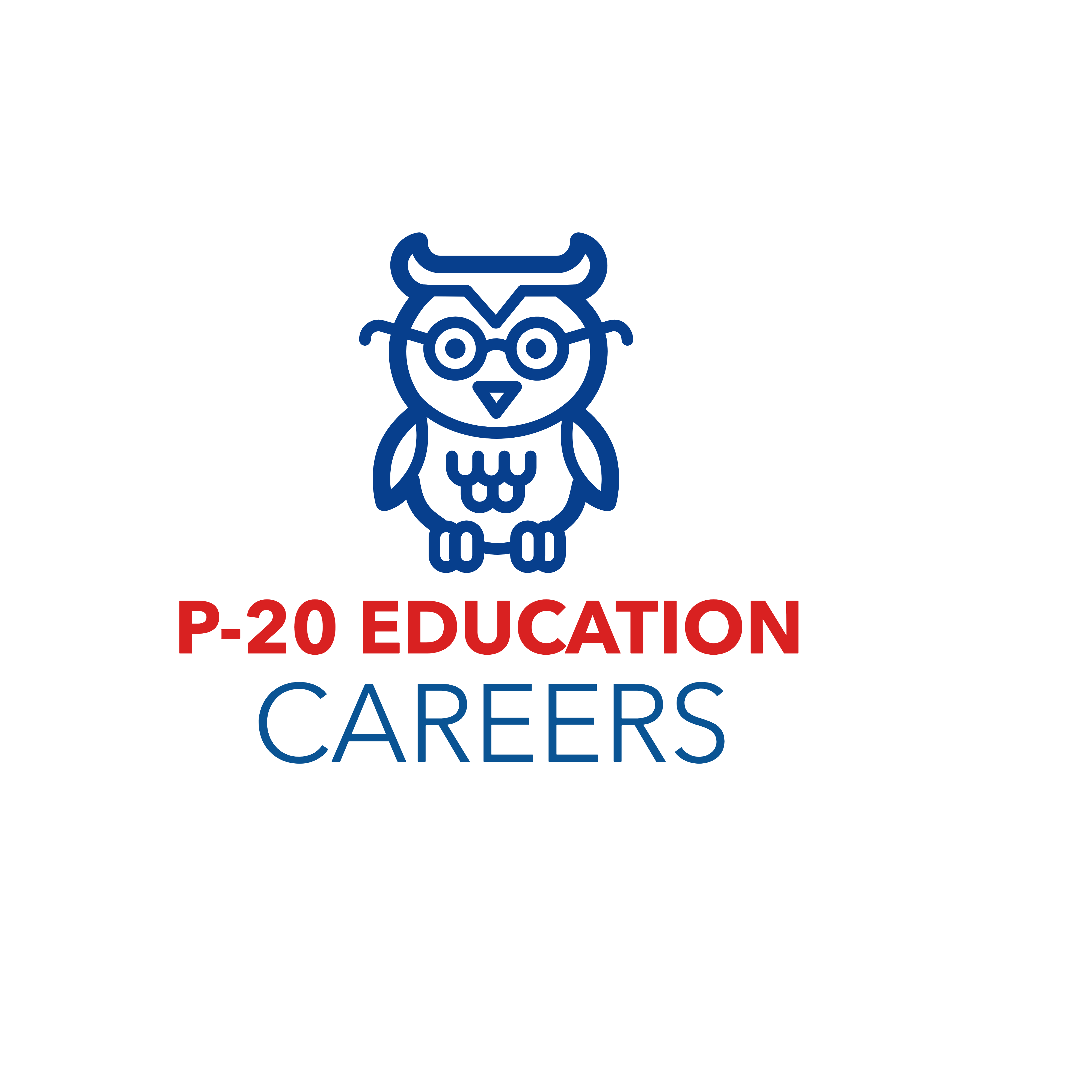When it comes to AI use, educators are more comfortable than students
The integration of Artificial Intelligence (AI) in education is rapidly accelerating, but a chasm exists between educators’ and students’ comfort levels with its adoption. While educators are increasingly embracing AI tools, many students feel apprehensive and even threatened by its potential impact. This disconnect stems from a number of factors, including differing perceptions of AI’s role in learning and a lack of adequate training and support.
Educators, often early adopters of new technologies, see AI as a valuable tool for personalizing learning, automating tasks, and providing real-time feedback. They envision AI-powered platforms that analyze student data to tailor lessons, identify knowledge gaps, and offer personalized recommendations. However, students often view AI as a potential threat to their autonomy and creative expression. They worry about AI replacing teachers, grading assignments, and even undermining their own learning process.
This disconnect can be addressed by promoting open communication, fostering transparency, and providing comprehensive training. Educators need to engage in honest discussions with students about AI’s capabilities and limitations, emphasizing its potential benefits while acknowledging its potential risks. Furthermore, schools must invest in professional development programs that equip both teachers and students with the skills necessary to navigate this new technological landscape.
By bridging this gap in understanding, we can ensure that AI becomes a powerful tool for enhancing education, empowering students, and fostering a future where technology serves as a catalyst for growth and innovation.


